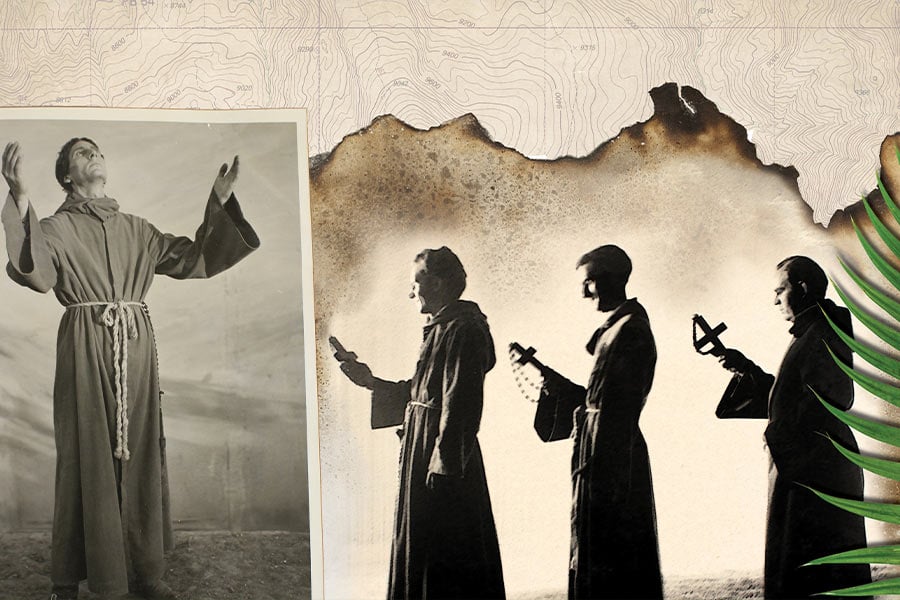Hispanic-Latino roots run deep within the Diocese of Fort Worth: Part 1

Just how deep are the roots of the Hispanic-Latino community of Catholics in Texas, and in particular, the present Diocese of Fort Worth? To put it in perspective, those roots were established more than 300 years before Texas even became a U.S. state and more than 425 years before our diocese was established.
As early as 1541-42, Spanish-speaking Franciscan friars with the Francisco Vázquez de Coronado expedition were likely trekking through the northwestern portion of our present diocese, possibly in Knox, Foard, and Hardeman counties. That expedition originated in Mexico City. In the same timeframe, noted historians track the Luis de Moscoso expedition as entering the eastern portion of the present Diocese of Fort Worth and traversing deep within or completely across it. Again, Spanish-speaking Franciscan Friars, along with Dominicans, were an integral part of the mission. The Spanish-speaking friars likely celebrated the first Masses and baptized the first Catholics on our diocesan soil during these explorations more than 475 years ago.

While the Conquistadors were driven to conquer new lands and seek riches for Spain, the friars were intent on saving souls for Christ. Their actions led to martyrdom for many of the missionaries.
Following in the footsteps of those friars have been countless men and women who have gone to great lengths to build and preserve Christ’s Church in the Lone Star State.
Bold Hispanic Catholics to the rescue
In 1721, after friars were forced to retreat from the Catholic missions in East Texas, it was Marqués de San Miguel de Aguayo and several hundred soldiers from Mexico who rode to the rescue to restore and expand the missions. Historians have traced their route through the southeast corner of the present Diocese of Fort Worth. While in this region, Aguayo followed a tributary that fed the Brazos River. He named the waters Bosque, Spanish for woodlands. Bosque County, one of 28 counties in the Diocese of Fort Worth, took its name from the river named by the Catholic missions rescuer.
While Catholics in Texas were originally under the care of Spanish-born Franciscan priests, the responsibility shifted to native-born Hispanic priests by the early 1800s.
At the time, Texas Catholics were part of the Mexican Diocese of Linares-Monterrey. Our diocesan roots eventually evolved to the Diocese of New Orleans in 1838, to the Prefecture Apostolic of Texas in 1839, to the Vicariate Apostolic of Texas in 1842, to the Diocese of Galveston in 1847, to the Diocese of Dallas in 1890, to the Diocese of Dallas-Fort Worth in 1953, and finally to the Diocese of Fort Worth in 1969.
